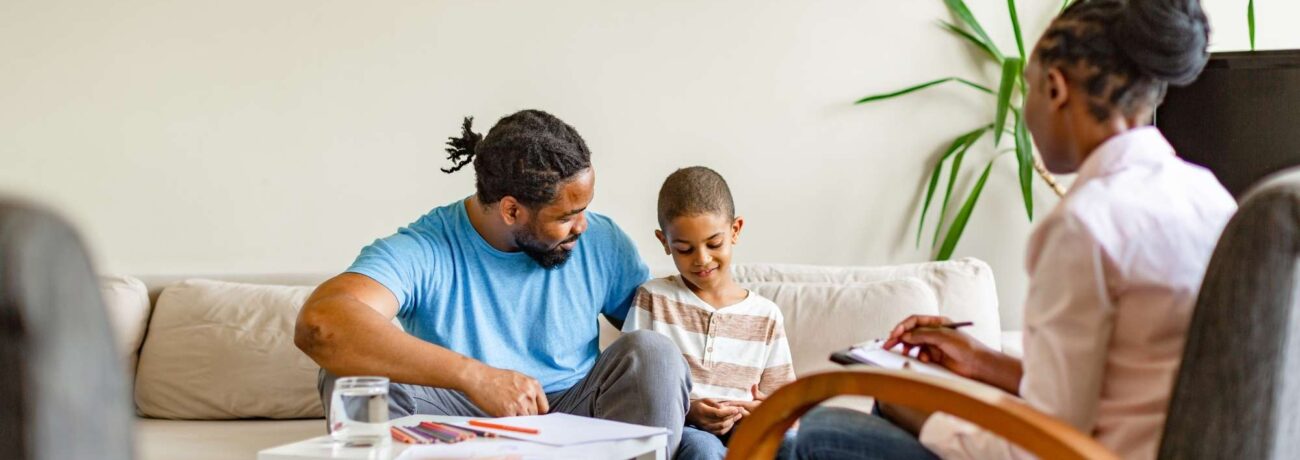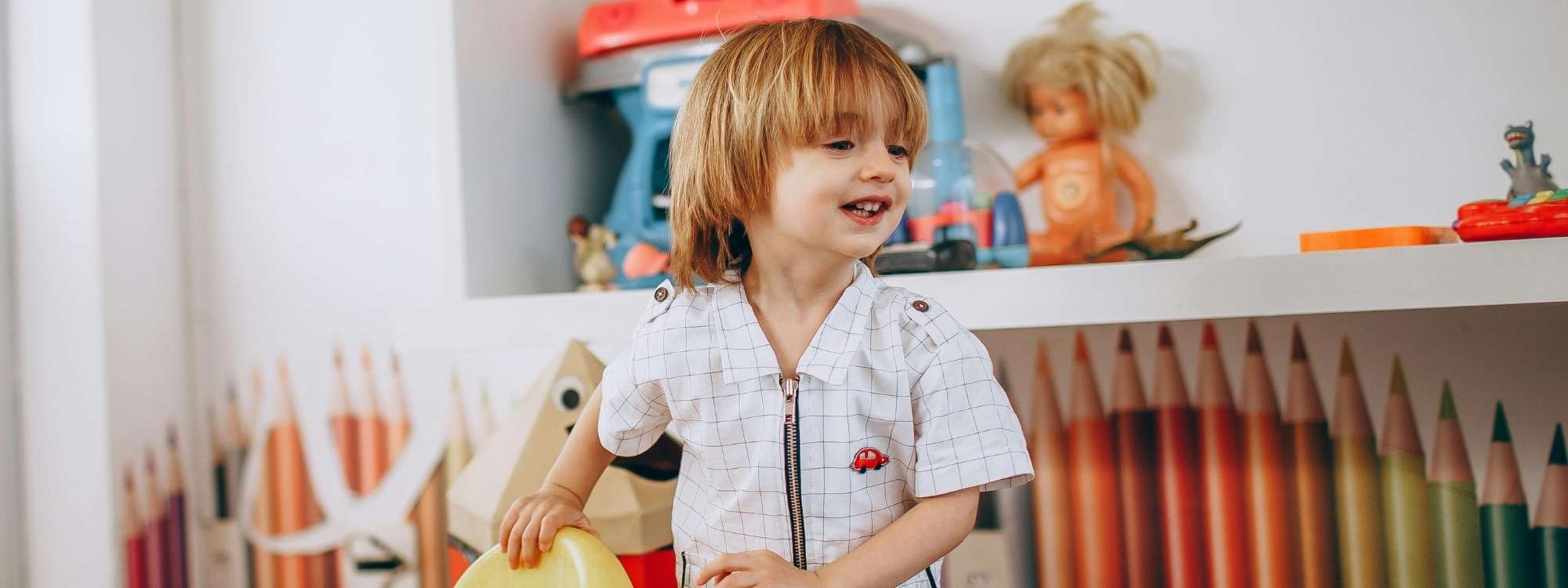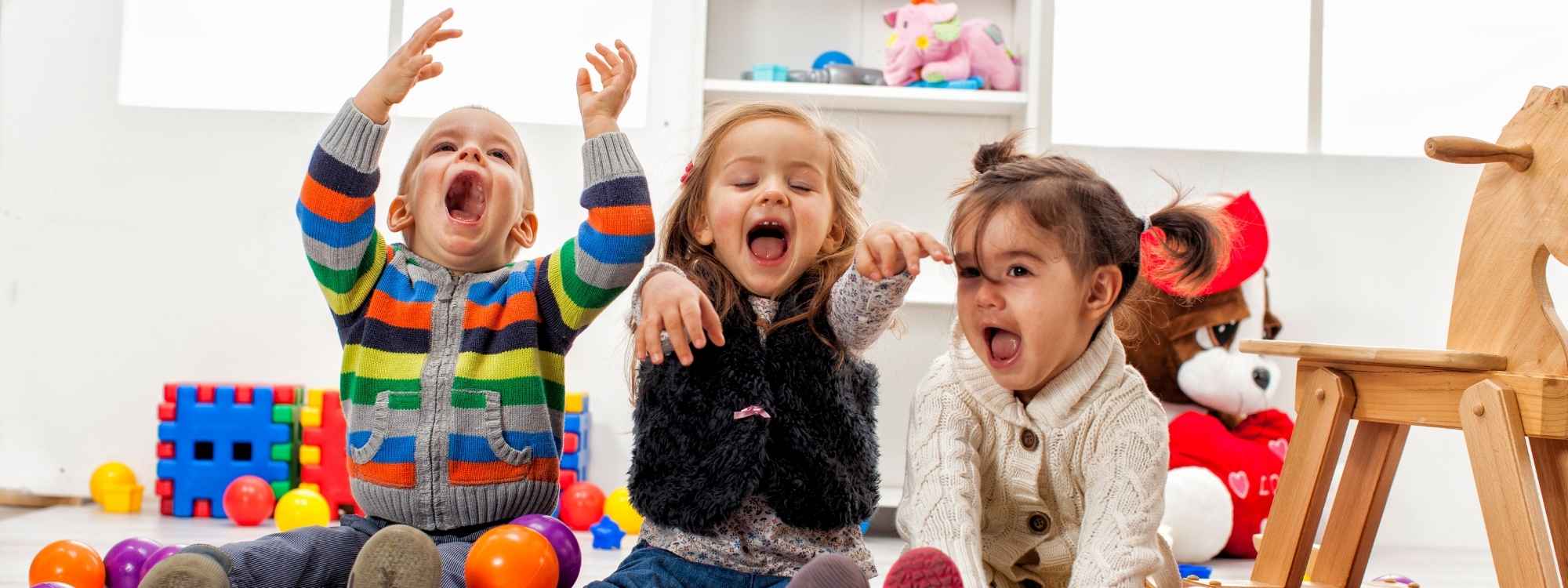How to Start ABA Therapy at Home: Parents’ Guide
Applied Behavior Analysis (ABA) is a scientifically backed approach to understanding and improving behavior, especially for children with Autism Spectrum Disorder (ASD) and other developmental disabilities. By using reinforcement-based strategies, ABA therapy helps children develop essential life skills while reducing challenging behaviors that may interfere with daily functioning.
While many families rely on clinics or professional providers, learning how to start ABA therapy at home can be a practical and empowering way to support your child’s progress. With the right tools, guidance, and consistency, parents can create a nurturing, structured environment that complements formal treatment and encourages meaningful development at home.
Introduction to Applied Behavior Analysis
Applied Behavior Analysis (ABA) is an evidence-based approach rooted in the science of learning and behavior. It is most commonly used to support individuals with autism and other developmental delays. ABA therapy works by identifying specific behaviors to increase or decrease and applying consistent reinforcement strategies to shape those behaviors over time.
At its core, ABA focuses on:
- Increasing desired behaviors, such as communication and self-care
- Reducing problem behaviors, such as aggression or self-injury
- Teaching new skills through repetition, structure, and motivation
ABA is highly individualized and designed to meet the unique needs of each child. It can be implemented across multiple settings schools, clinics, and, importantly, in the child’s own home. Home-based ABA empowers family members to reinforce skills throughout daily routines and helps generalize progress beyond the therapy room.
Understanding ABA Therapy
ABA therapy relies on principles that break down complex skills into smaller, teachable steps. Each behavior is observed, measured, and addressed with a structured intervention plan. A licensed ABA therapist or Board Certified Behavior Analyst (BCBA) typically conducts assessments and supervises the creation of a treatment plan.
Key ABA components include:
- Positive reinforcement: Providing a reward immediately after a desired behavior to increase its frequency.
- Discrete Trial Training (DTT): Teaching skills in a structured format with clear prompts and reinforcement.
- Natural Environment Teaching (NET): Using real-world settings and interests to promote learning in daily life.
- Prompting and fading: Using supports (verbal, physical, or visual) to help a child learn a skill and gradually reducing those prompts.
- Generalization: Ensuring skills learned in therapy transfer to different environments and situations.
By understanding these principles, parents can better support their child’s ABA treatment plan, whether they’re working with a provider or starting from home.
ABA Therapy Techniques Parents Can Use at Home
Parents play a crucial role in applying ABA therapy techniques in their child’s daily routines. Many strategies used by professionals can also be learned and implemented at home with consistency and patience.
To begin using ABA at home, parents should first understand the techniques available and how they promote skill-building. These techniques are designed to be practical and adaptable to various home situations.
Here are some of the most effective ABA therapy techniques parents can begin using at home:
- Positive Reinforcement: This involves praising or rewarding your child immediately after they show appropriate behavior. Reinforcers can be verbal praise, favorite toys, snacks, or activities.
- Token Economy: A visual system where your child earns tokens for completing tasks, which can later be exchanged for a larger reward.
- Visual Supports: Tools like schedules, picture charts, and cue cards can help a child anticipate what’s next and reduce anxiety.
- Modeling: Demonstrating a behavior for your child to imitate. For example, showing how to greet someone or ask for help.
- Prompting: Giving your child verbal, physical, or visual cues to guide them through a new task, such as brushing their teeth or tying their shoes.
These strategies can be integrated into regular routines like meal times, bedtime, or play. Reinforcement is most effective when it is immediate, motivating, and specific to what your child enjoys.
Working with an ABA Therapist
While parents can use many ABA techniques independently, working with a certified ABA therapist offers structured support and professional guidance. A Board Certified Behavior Analyst (BCBA) conducts assessments, sets behavioral goals, and monitors progress to ensure your child is on the right developmental path.
Therapists often provide:
- In-home observations and skill assessments
- Customized treatment plans
- Parent training sessions
- Ongoing evaluations and modifications
A successful ABA program often includes collaboration between therapists and family members. The therapist coaches parents on how to implement strategies effectively and remain consistent across all environments.
If you’re starting ABA therapy at home, look for therapists who offer hybrid services, a combination of direct therapy and parent-led implementation. This ensures continuity and helps families feel confident in supporting their child’s ABA goals.
How to Set Up ABA Therapy at Home
Starting ABA therapy at home doesn’t require a clinical setup. The goal is to integrate learning into your child’s natural environment. Still, a structured space and routine make a big difference.
To begin, follow these basic steps:
- Designate a learning space: Choose a quiet, distraction-free area for focused activities and reinforcement.
- Establish a daily routine: Create a predictable schedule that includes blocks of time for learning, play, and self-care.
- Set behavior goals: Decide which behaviors or skills to target, such as making eye contact, brushing teeth, or using words to request items.
- Choose reinforcers: Identify what motivates your child and use those items or activities as rewards.
- Track progress: Keep a notebook or digital tracker of your child’s behaviors and skill improvements. This helps you see patterns and adjust techniques as needed.
- Practice consistency: Ensure all caregivers and family members use the same language and responses when teaching or correcting behaviors.
Home-based ABA is most effective when strategies are applied across daily activities, like getting dressed, eating meals, or playing. As your child learns new skills, you can increase expectations and reduce prompts.
Benefits of Starting ABA Therapy at Home
Implementing ABA therapy at home offers numerous benefits, especially when parents are actively involved. It reinforces the child’s learning in familiar environments, strengthens family bonds, and supports skill generalization.
Key advantages include:
- Flexibility: Therapy can be integrated into real-life routines rather than limited to clinic hours.
- Consistency: Daily application of ABA strategies helps accelerate progress.
- Empowerment: Parents gain confidence in managing challenging behaviors and supporting their child’s growth.
- Individualization: Parents can adjust strategies quickly based on their child’s mood or environment.
Research consistently shows that parental involvement enhances ABA outcomes. Even a few hours of structured learning at home can make a significant difference in a child’s development.
Conclusion
Learning how to start ABA therapy at home gives parents the tools to support their child’s progress in real-world settings. With a strong understanding of ABA principles, consistent routines, and reinforcement techniques, families can create a positive and structured environment that promotes growth. Whether used alongside professional therapy or independently, home-based ABA can be a transformative part of a child’s autism treatment journey.
Looking to bring the benefits of ABA therapy into your home? At Champions ABA, we empower parents with the tools and guidance to create a positive learning environment right where it matters most. Our in-home ABA therapy programs are tailored to your child’s unique needs, helping them build essential life skills through consistency, support, and proven strategies. Call (877) 242-1744 or visit our website to find out how we can help your child thrive starting at home.
FAQs
Can we do ABA therapy at home?
Yes, parents can implement ABA therapy at home. Many ABA techniques are easy to learn and apply in daily routines, especially when supported by a therapist. Starting at home provides consistency and helps reinforce skills in the child’s natural environment.
What are the 7 requirements of ABA?
The 7 dimensions of ABA, as defined by Baer, Wolf, and Risley, include: Applied, Behavioral, Analytic, Technological, Conceptually Systematic, Effective, and Generality. These principles ensure ABA therapy is research-based, measurable, and meaningful for each individual.
How to get started with ABA therapy?
To begin ABA therapy, start with a developmental evaluation and autism diagnosis if you haven’t already. Next, connect with a BCBA or ABA provider for an initial assessment. They will create a customized plan and may offer parent training to support home implementation.
What’s the best age to start ABA therapy?
ABA therapy is most effective when started early, ideally before age 5. Early intervention allows children to develop foundational skills that support long-term independence. However, ABA can be beneficial at any age, depending on the individual’s needs.



